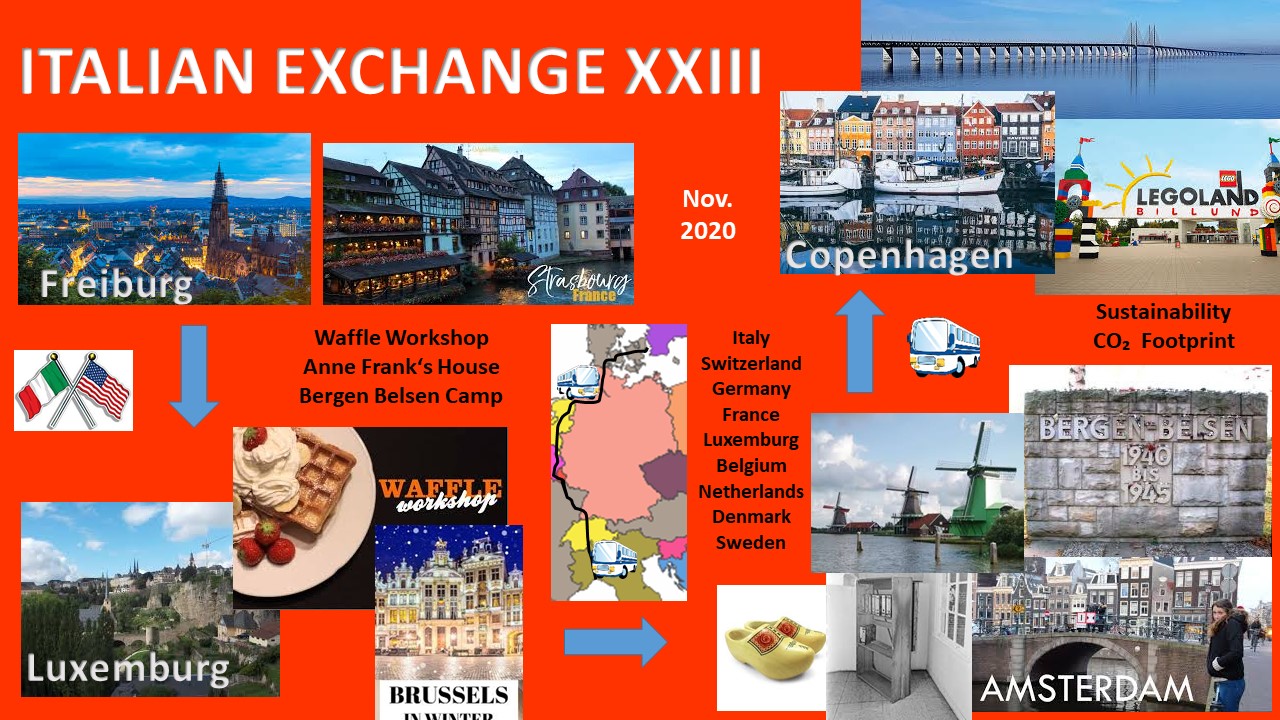 |
Freiburg
im Breisgau, a vibrant university city in southwest Germany’s Black
Forest, is known for its temperate climate and reconstructed medieval old
town, crisscrossed by picturesque brooks (bächle). In the surrounding
highlands, hiking destination Schlossberg hill is linked to Freiburg by a
funicular. With a dramatic 116m spire, the Gothic cathedral Freiburg
Minster towers over the central square Münsterplatz. |
 |
Strasbourg
is the capital city of the Grand Est region, formerly Alsace, in
northeastern France. It's also the formal seat of the European Parliament
and sits near the German border, with culture and architecture blending
German and French influences. Its Gothic Cathédrale Notre-Dame features
daily shows from its astronomical clock and sweeping views of the Rhine
River from partway up its 142m spire. |
 |
Luxembourg
is a small European country, surrounded by Belgium, France and Germany.
It’s mostly rural, with dense Ardennes forest and nature parks in the
north, rocky gorges of the Mullerthal region in the east and the Moselle
river valley in the southeast. Its capital, Luxembourg City, is famed for
its fortified medieval old town perched on sheer cliffs. |
 |
The
City of Brussels is the largest municipality and historical centre of the
Brussels-Capital Region, and the capital of Belgium. Besides the strict
centre, it also covers the immediate northern outskirts where it borders
municipalities in Flanders.
As
headquarters of many European institutions, Brussels might also be
considered something of a capital for the European
Union.
Being at the crossroads of cultures (the Germanic in the North and the
Romance in the South) and playing an important role in Europe,
Brussels fits the definition of the archetypal "melting pot",
but still retains its own unique character. |
 |
Amsterdam
is the Netherlands’ capital, known for its artistic heritage, elaborate
canal system and narrow houses with gabled facades, legacies of the
city’s 17th-century Golden Age. Its Museum District houses the Van Gogh
Museum, works by Rembrandt and Vermeer at the Rijksmuseum, and modern art
at the Stedelijk. Cycling is key to the city’s character, and there are
numerous bike paths. |
 |
Bergen-Belsen,
or Belsen, was a Nazi concentration camp in what is today Lower Saxony in
northern Germany, southwest of the town of Bergen near Celle. Originally
established as a prisoner of war camp, in 1943, parts of it became a
concentration camp. |
 |
Copenhagen,
Denmark’s capital, sits on the coastal islands of Zealand and Amager.
It’s linked to Malmo in southern Sweden by the Öresund Bridge. Indre
By, the city's historic center, contains Frederiksstaden, an 18th-century
rococo district, home to the royal family’s Amalienborg Palace. Nearby
is Christiansborg Palace and the Renaissance-era Rosenborg Castle,
surrounded by gardens and home to the crown jewels. |
 |
Malmö
is a coastal city in southern Sweden. It lies at the eastern end of the
striking Öresund Bridge, a long road and railway bridge–tunnel running
to Copenhagen, Denmark. In the city center, Lilla Torg is a cobblestone
square with cafes, half-timbered houses and shops selling local
handicrafts. Malmö Castle, a 16th-century fortress built by King
Christian III of Denmark, houses nature, history and art exhibits. |
 |
The
Öresund or Øresund Bridge is a combined railway and motorway bridge
across the Öresund strait between Sweden and Denmark. The bridge runs
nearly 8 kilometres from the Swedish coast to the artificial island
Peberholm in the middle of the strait. |

